Latest NRAO News
News is managed by NRAO News & Public Information. Questions about News? Have a story to share? Want to interview a scientist or create new media about our telescopes?
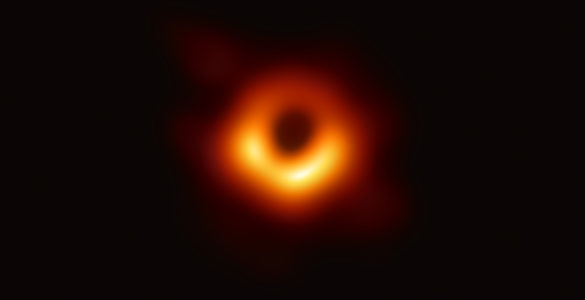
Using the EHT, with ALMA as its most sensitive component, astronomers have captured the first direct visual evidence of a black hole: an image of the supermassive black hole at the center of Messier 87 (M87), a giant elliptical galaxy 55 million light-years from Earth.
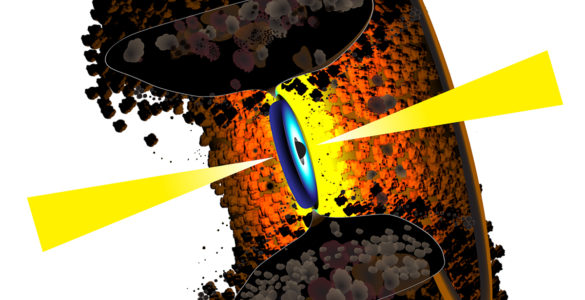
A dusty, doughnut-shaped feature long thought to be an essential part of the “engines” at the cores of active galaxies, is seen for the first time in one of the most powerful galaxies in the Universe.
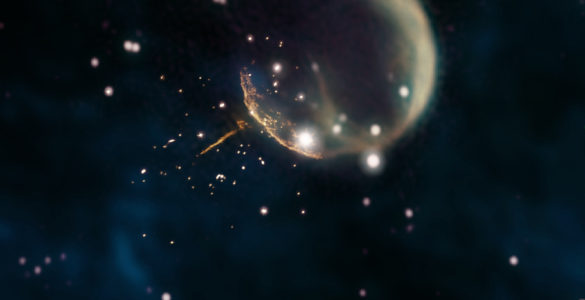
VLA image shows the trail of a speeding pulsar pointing directly back at the center of the debris shell from the supernova explosion that created it.
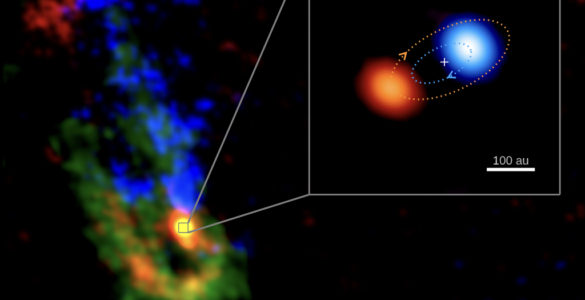
Using ALMA, astronomers have observed the formation and mutually entwined motions of a massive binary star system.
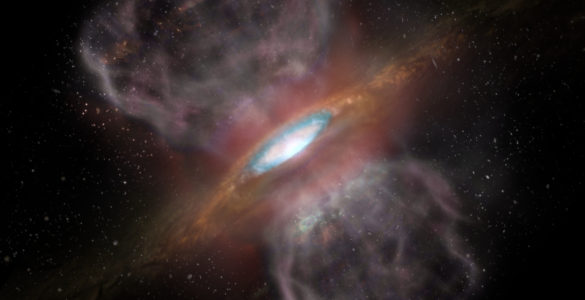
ALMA discovered ordinary table salt in a not-so-ordinary location: 1,500 light-years from Earth in the disk surrounding a massive young star.
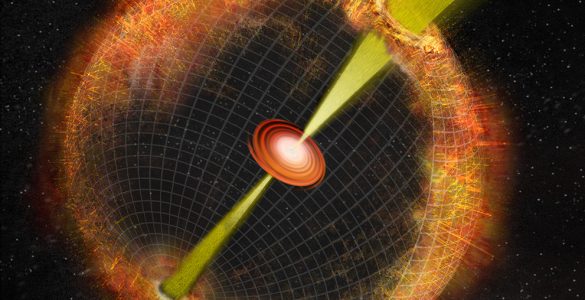
Astronomers have studied a perplexing cosmic blast with a worldwide collection of telescopes, including ALMA and the VLA, but still are not sure exactly what it is.





